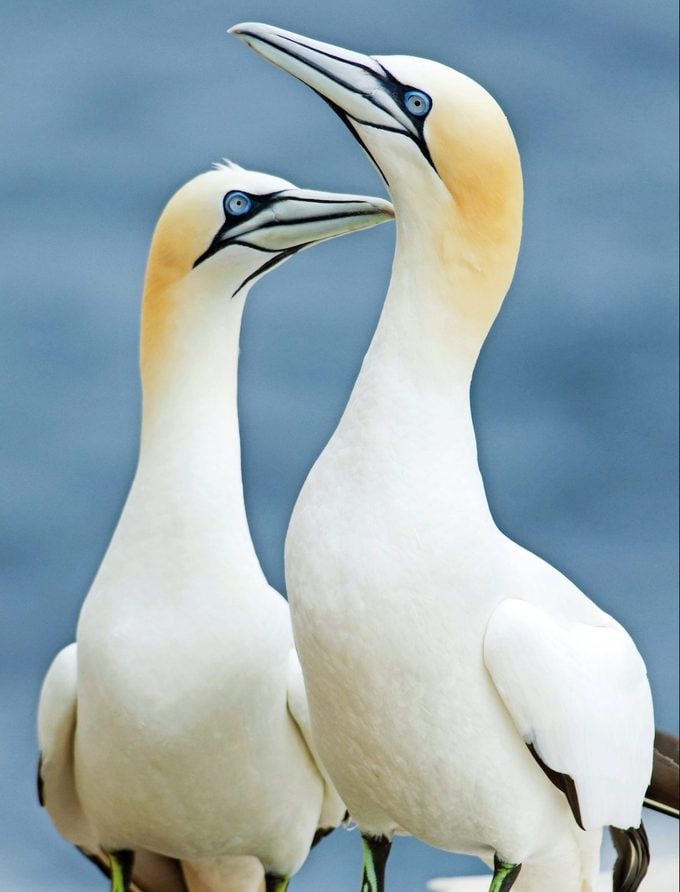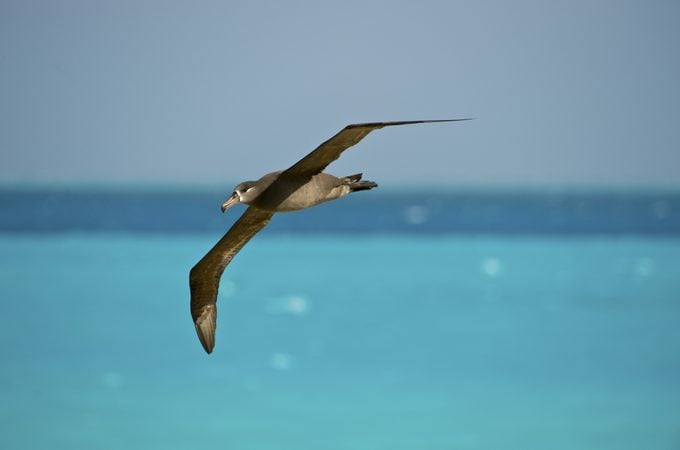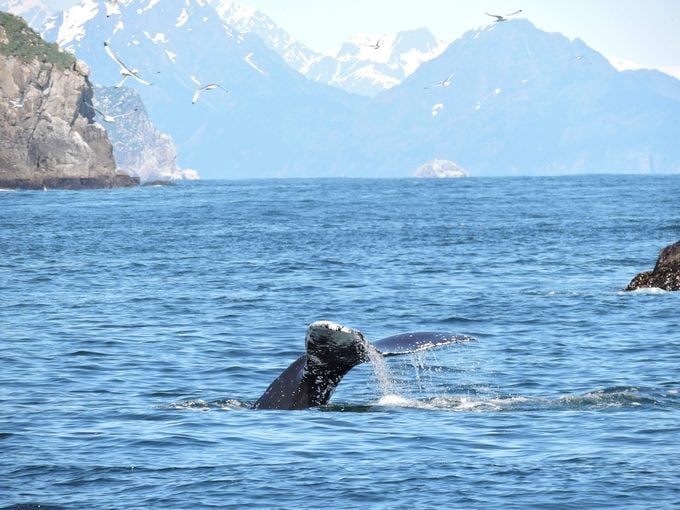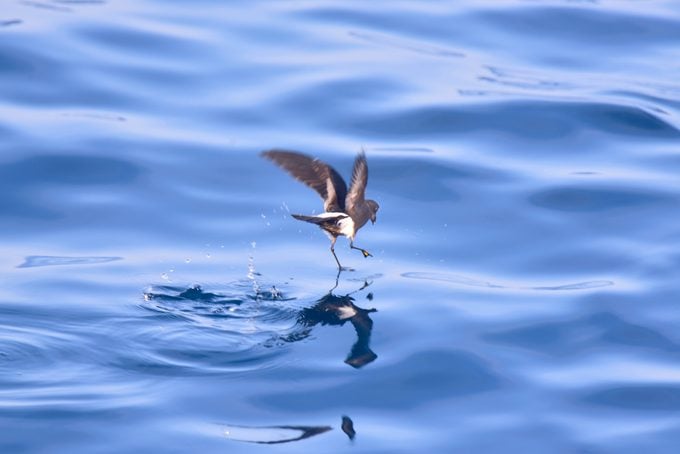Meet the Seabirds That Soar Over the Waves
Updated: Mar. 21, 2024
There’s a whole world of amazing birds out there beyond the ones that visit your backyard. Swoop out to sea to learn about seabirds!
Set Sail to See the Seabirds

Pelagic birds, or seabirds, spend their days far off the coasts in open ocean water. To spot these powerful fliers, head to the sea, and go on the ultimate birding adventure.
Jane Patterson, president of the Baton Rouge Audubon Society, has taken pelagic trips off the Atlantic and Pacific coasts and into the Gulf of Mexico. She says every birder should experience a deep-sea trip at least once. “The water is a particular shade of blue that is unexpected when you are far from shore,” Jane says. Glacial blue water isn’t the only surprise. It’s impossible to predict which birds may appear as you ride the ocean waves. On your first trip, new-to-you species are a sure thing, and there’s even a chance to feast your eyes on a species that has never been documented off the U.S. coast.
Trip leaders are experts in currents, weather patterns, the topography of the ocean floor and, most important, how all the conditions work together to bring fish, squid and crustaceans to the surface for seabirds to feed on.
What happens to birds during a hurricane?
Seabird Identification

Pelagic birds are world travelers that call the ocean home and log thousands of miles each year. These seabirds come to land only to nest briefly on remote island outposts. A pocket of birds that gets an entire boatful of birders excited makes the experience well worth it. “There is nothing like being on choppy seas, being soaking wet and seeing these wonderful birds,” Jane says.
Guides help identify the birds during pelagic trips so there’s no need to be a seabird expert, but a few general concepts should be kept in mind. Albatrosses are the most famous open-water species. They are also the largest, with wingspans that can exceed 7 feet. Jane says an encounter with a Laysan, black-footed or yellow-nosed albatross is a memory that never fades.
How many shorebirds can you identify?
Some pelagic birds, such as petrels, shear-waters and fulmars, are known as tubenoses because it looks as if they have straws spliced on top of their bills. The feature is a special adaptation to help them excrete the excess salt they take in.
Compared to other seabirds, storm-petrels are small, only about 8 inches long. These petite birds daintily scamper along the ocean surface with light, airy flight that resembles dancing. Wilson’s storm-petrel is one species that keen observers may occasionally spot during a scan from the Atlantic Coast shore.
Northern gannet is another species that Atlantic Coast observers might glimpse while standing on the sand. These thick-bodied birds are close relatives of the more tropical boobies. Both gannets and boobies have long pointed wings that match their spearlike bills. A winter pelagic trip is the ideal time to see birds that spend the summer farther north, like black-legged kittiwakes and northern fulmars.
Wildlife Beyond Birds

Many people aboard pelagic trips spot marine mammals, and whale-watching cruises prove productive for bird-watching. Whale and dolphin boat trips let you dabble in birding by boat. Much like seabirds, marine mammals such as dolphins, porpoises and whales actively feed and rack up miles traveling the hemispheres on annual migration treks.
In fact, some of Jane’s favorite memories don’t include birds at all. She’s seen jellyfish feed several feet below the water’s surface, watched flying fish flash by and witnessed tuna in a crazy feeding frenzy. Despite the challenges, or perhaps because of them, a pelagic trip is unlike any other form of bird-watching. So find your sea legs, hop on a boat and hit the high seas for your next birding adventure.
Beach birds: Meet the coastal fliers and see the best beach birding locations.
Find a Pelagic Seabird Viewing Trip

Check the schedule and book a trip with a professional pelagic tour company.
- Seabirding Pelagic Trips, Hatteras, North Carolina, patteson.com
- Searcher Natural History Tours, Southern California, bajawhale.com




















